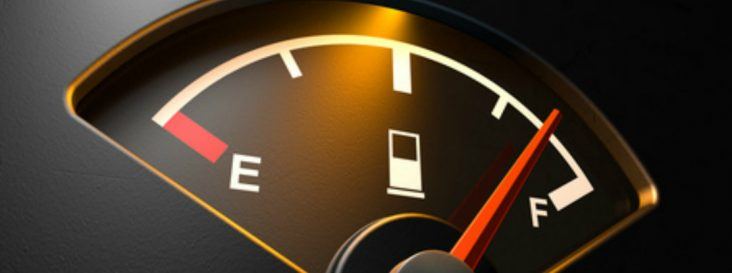Gasoline prices similar to last year for holiday travelers
by November 28, 2019 10:26 am 249 views

Gasoline prices this year are similar to prices in recent years as U.S. households prepare for Thanksgiving and to travel this holiday season, according to the U.S. Energy Information Administration (EIA). On Nov. 25, regular retail gasoline prices were an average of $2.58 per gallon nationwide. The prices were $2.61 per gallon on the Monday before Thanksgiving in 2018 and $2.57 per gallon in 2017.
More than 55 million travelers are expected to drive 50 miles or more to celebrate Thanksgiving this year, according to the American Automobile Association (AAA) and IHS Markit. This would mean that 1.6 million more motorists will travel this Thanksgiving, from the same holiday last year. This is the most since 2005 and the 11th consecutive increase in automobile travel during the holiday.
Automobile travel volumes and gasoline demand for the holiday this year are expected to be higher because of improved macroeconomic indicators, such as high rates of employment, growing disposable income, strong consumer spending and record levels of household wealth, according to AAA and IHS Markit. All of the indicators have risen from last year.
The average number of vehicle miles traveled this month is expected to rise 1.6% in November, from the same month in 2018, according to the EIA. People tend to travel less in November than they do in other months of the year. Since 1991, vehicle miles traveled for November have been an average of 13% lower than the annual average, according to the U.S. Department of Transportation. The month is the fourth-lowest month for travel after the winter months of December through February. U.S. motorists are expected to travel 8.8 billion miles per day in November, and this is 1.8% fewer miles than the projected annual average for 2019 of 8.9 billion vehicle miles traveled per day.
Average U.S. regular retail gasoline prices have fallen since reaching a high in May. The decline can be attributed to the decrease in crude oil prices. The price of North Sea Brent, a global benchmark for crude oil and a key determinant of U.S. gasoline prices, has fallen 16% to $62.62 on Nov. 25, from the May peak. Over the same period, U.S. average retail gasoline prices have fallen 10%.
Retail gasoline prices vary across the United States because of regional supply and demand balances, gasoline specification requirements and taxes. Gasoline prices are usually the highest on the West Coast as the region has a limited surplus of refining capacity, higher state fuel taxes and product specifications that make gasoline more costly to make. West Coast gasoline prices were an average of $3.47 per gallon as of Nov. 25, and this was 89 cents more than the U.S. average. By comparison, the prices in the Gulf Coast region, which includes states such as Arkansas, Louisiana and Texas, were an average of $2.24 per gallon as of Nov. 25, and this was 34 cents lower than the U.S. average.
